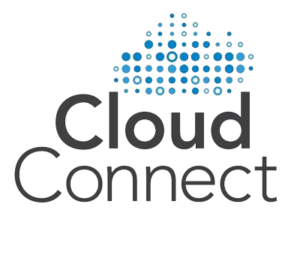High Availability of Your Cloud Expectations
 The Cloud Service Level Agreement (SLA) discussion puts penalties and compensations on the table. Can we say that the compensation method the customer expects is the same as the Software as a Service (SaaS) vendor’s SLA provides?
The Cloud Service Level Agreement (SLA) discussion puts penalties and compensations on the table. Can we say that the compensation method the customer expects is the same as the Software as a Service (SaaS) vendor’s SLA provides?
A while ago, I experienced issues while starting up a specific instance on Amazon AWS cloud. I’m still not sure why, but the instance entered an endless restart loop. All the application deployment work (installation and configuration of a service) we did on it for about two weeks just went down the drain. Discussion with the Amazon AWS support team ended with an escalation of the support request to their head of support.
Take a look at the following paragraphs copied from the Amazon AWS EC2 SLA –



 Last week I was invited to the
Last week I was invited to the